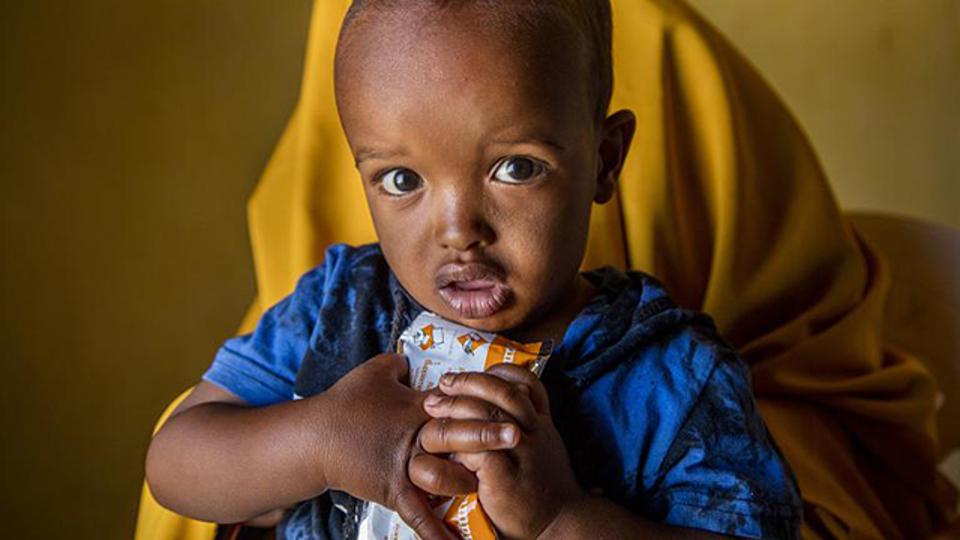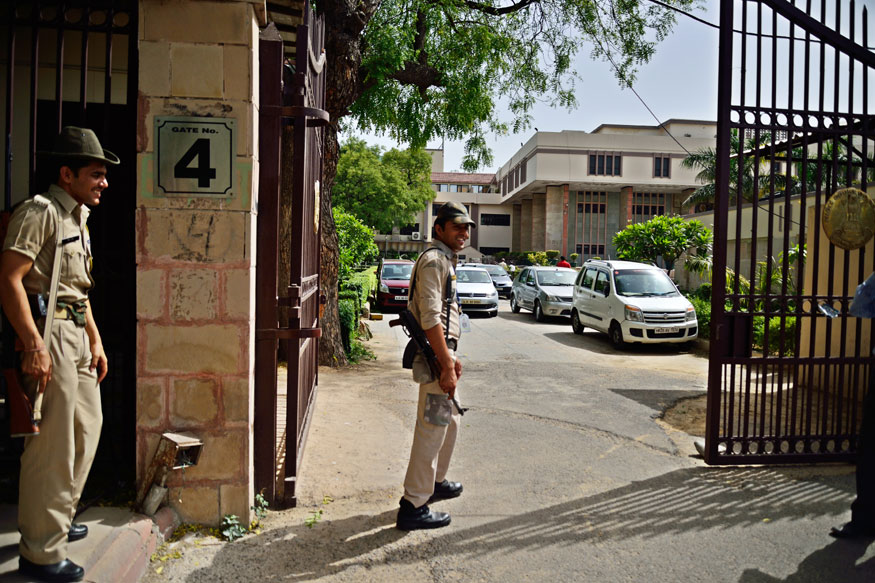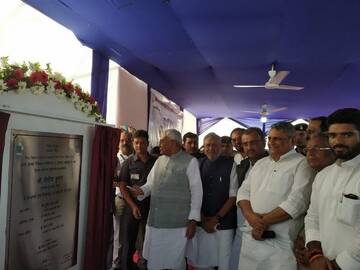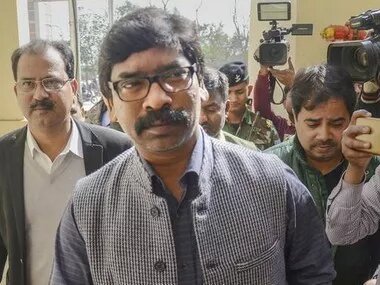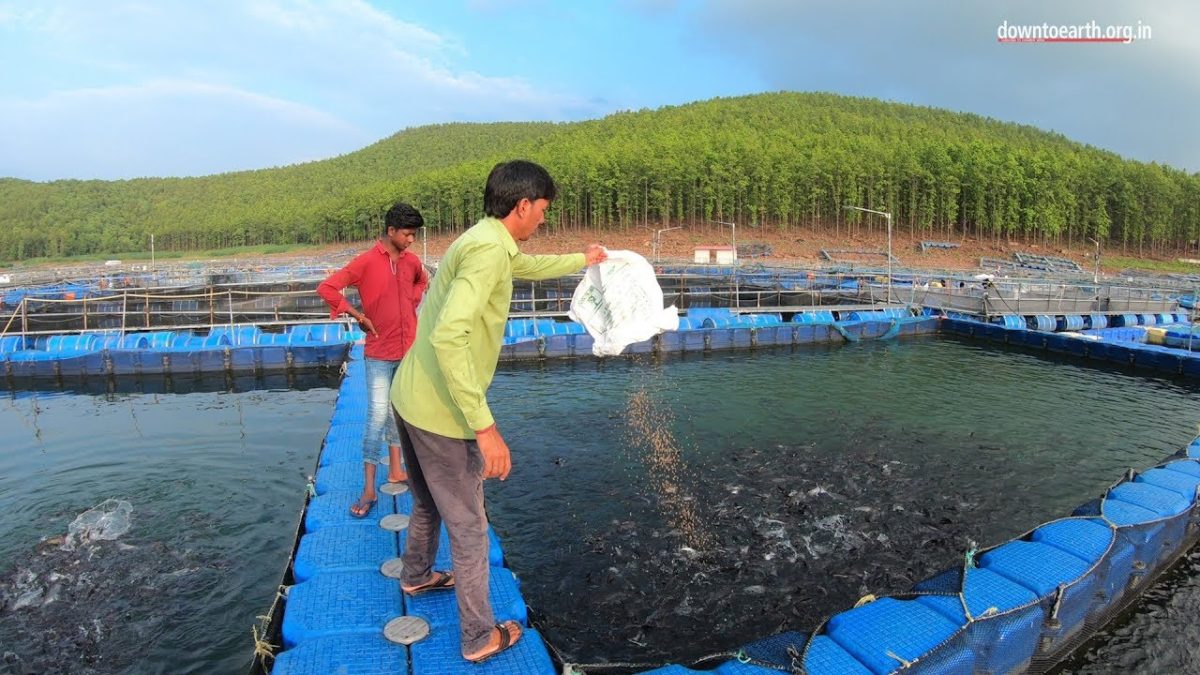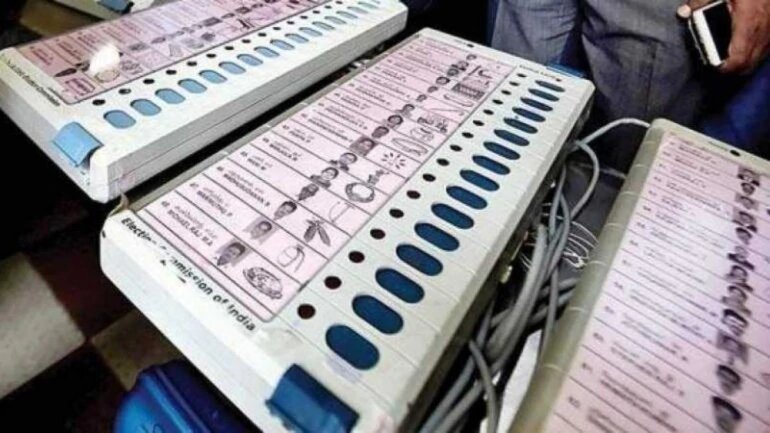Source – forbes.com
Where will you find CARE? Think of trouble spots around the world where there are humanitarian disasters tied to extreme poverty, conflict, hunger, or a lack of basic healthcare or education. CARE is on the ground in these places, addressing survival needs, running clinics, and helping individuals, families, and communities rebuild their lives.
CARE’s scope is truly global. In 2018, the organization reached 56 million needy people through 965 programs in 95 countries, in places such as Mali, Jordan, Bangladesh, Brazil, the Democratic Republic of the Congo, Yemen, India, the Dominican Republic, and Niger.
CARE didn’t start out as a huge global charity, though. Founded in 1945, CARE provided a way for Americans to send lifesaving food and supplies to survivors of World War II—“CARE packages.” Today, it responds to dozens of disasters each year, reaching nearly 12 million people through its emergency programs. The rest of CARE’s work is through longer-term engagements, such as its work in Bihar State, in northern India.
Bihar, with a population of more than 110 million people, is one of India’s poorest states—and has some of the country’s highest rates of infant and maternal mortality as well as childhood malnutrition. Since 2011, CARE has been working with the Bihar state government and other nongovernmental organizations (NGOs) to address those problems and to increase immunization rates for mothers and children.
The results to date have been significant: The percentage of 1-year-olds with completed immunization schedules increased from 12% to 84% between 2005 and 2018; there were nearly 20,000 fewer newborn deaths in 2016 than in 2011; and the maternal mortality rate fell by nearly half, from 312 to 165 maternal deaths per 100,000 live births between 2005 and 2018. How? Some of CARE’s initiatives involved improving healthcare facilities, mentoring nurses, supporting local social workers and midwives, and tracking the care given to weak and low-weight newborns.
Wherever you find CARE, you’ll also find the impact of CARE’s donors, putting their dollars and euros to work buying food and medicine, paying teachers, and offsetting the million-and-one costs of providing relief on a truly global scale. Like all large NGOs, CARE needs to communicate with its donors, especially the largest foundations, providing timely reports, demonstrating compliance with grant terms and conditions, and displaying complete fiscal transparency. That’s part of their necessary overhead. For CARE, the cloud is helping it improve communications while reducing that overhead.
Lowering Back-Office Costs
In fiscal 2018, CARE’s total incoming support was $604 million, from sources including private donations, government funding, and other grants. CARE solicits donations from individuals through its website and direct mail, but a significant part of its finances come from governmental and foundation grants, explains Jared Janeczko, interim CIO.
“As an NGO we have many sources of funding, and all of those sources have different compliance requirements,” says Janeczko. “We’ve configured our software to adhere to those requirements, whether imposed by a donor government or foundation or the country in which we are operating.”
A particular donor might have restrictions that say its grant money may—or may not—be used only for specific purposes. CARE needs to show that the money was spent in accordance with those requirements. Similarly, the country where CARE is spending the money on expenses such as food, fuel, salaries, rent, or electricity, might charge certain taxes or insist on specific documentation.
This requires sophisticated accounting and business management software. For a number of years, CARE has used Oracle’s PeopleSoft to manage its operations and satisfy both donors and governments in host countries.
“At the end of the day, donors want to know that their donation is going to the beneficiary, so having a financial solution like PeopleSoft gives us that ability,” says Janeczko. “A grant manager uses PeopleSoft to run grant reports based on financial transactional data. We deliver those reports together with impact data to provide a comprehensive overview of our programs.”
Over the past year, CARE has migrated from instances of PeopleSoft running in its own private cloud to PeopleSoft running within Oracle Cloud Infrastructure. Janeczko sees two major benefits to the PeopleSoft migration to the cloud. The first is reduced operating costs. “Our focus is on delivering humanitarian aid. It’s not on supporting global systems. So the main motivation for us was to minimize costs,” he says.
The second improvement is that they’re always current on the latest version of PeopleSoft, as well as all of its patches and fixes. “We were so far behind with our PeopleSoft updates,” he grimaces. “As an organization, we weren’t able to keep up with the release cycle.” Now, PeopleSoft running on Oracle Cloud Infrastructure is a fully managed service. “That frees up our IT team to focus on delivering internal customer support, supporting our country offices as well as our donor requirements.”
The PeopleSoft migration to Oracle Cloud Infrastructure proved a fast and painless lift and shift, with the system up after four days. “It was a nonevent from the end-user perspective,” Janeczko says.
The next process CARE’s IT team plans to simplify via the cloud is travel and expense reporting. “As a global organization we send people all over the world, yet we are still doing travel and expense reports in Excel spreadsheets—it’s a huge inefficiency,” Janeczko says. “It’s also functionality that we plan to deploy in PeopleSoft, now that we’re on Oracle Cloud Infrastructure.”
Time is money, and the less time spent running reports, the more resources become available for the children of Bihar, refugees, the poor, the displaced, the hungry—all over the world. Because if one thing is certain, CARE’s work won’t be finished anytime soon.
